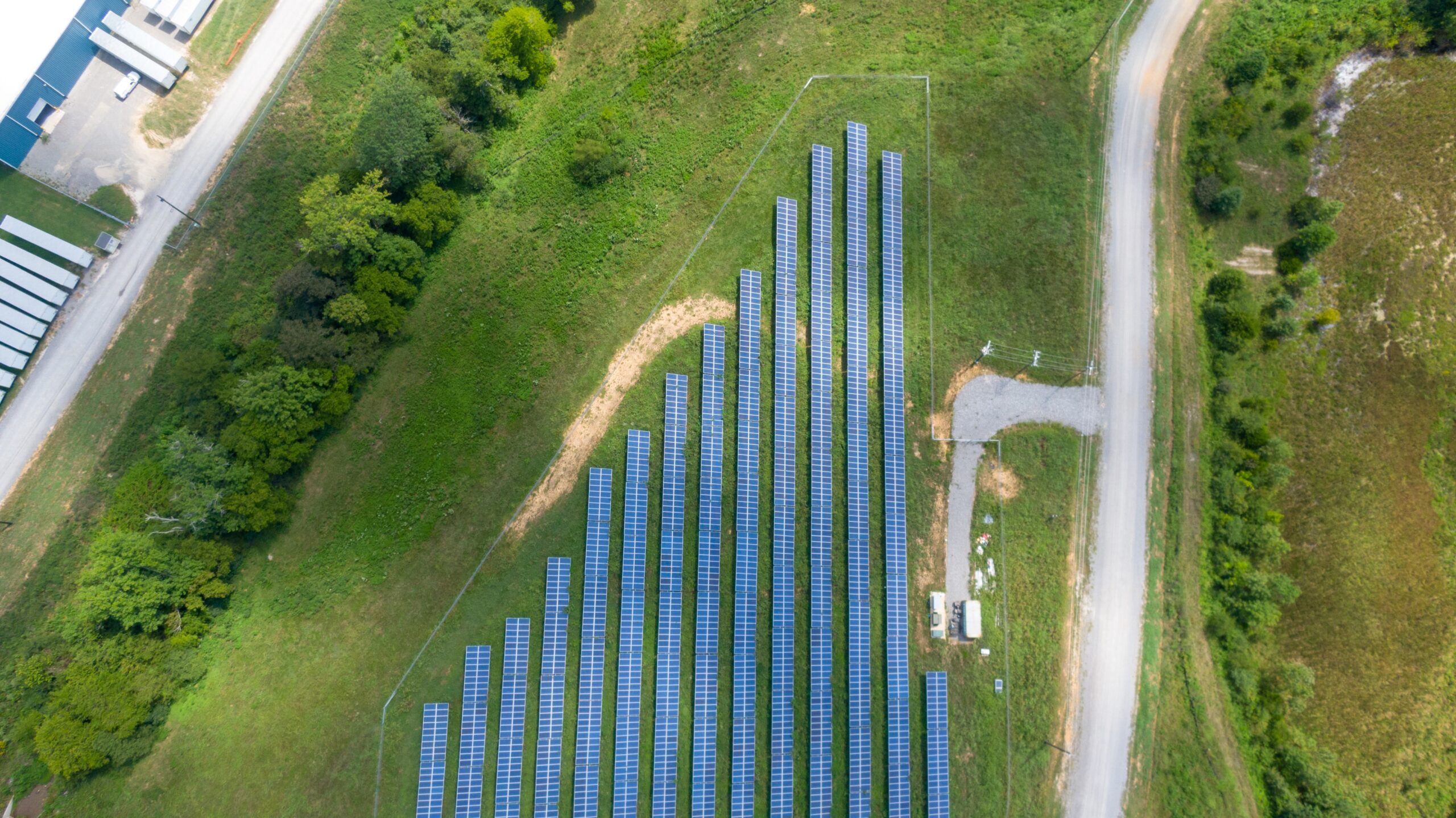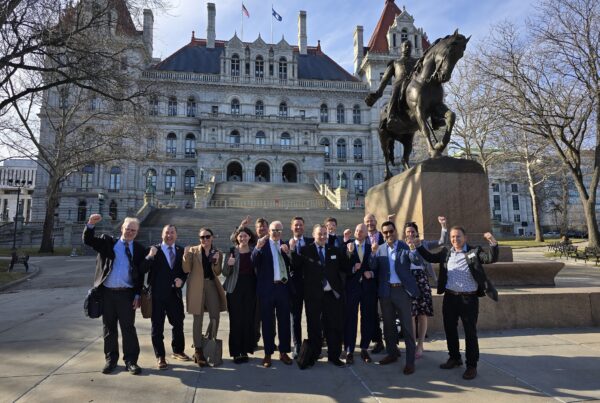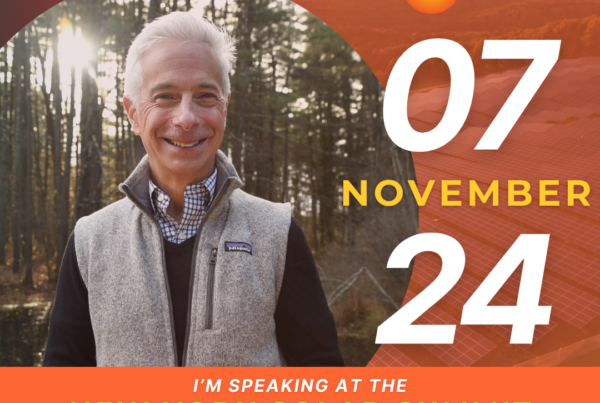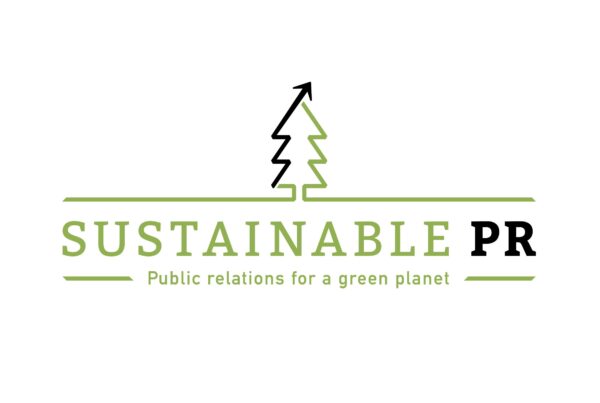Many hands make light work. There is strength in numbers when community members work together, and this is certainly true when it comes to providing clean, affordable solar energy on a community-wide basis.
Have you heard of community solar? These revolutionary projects connect centrally located solar panels to a power grid. Community members can then choose zero-emission electricity generated by the sun, without installing any equipment on their property.
The concept is a win for everyone: Homeowners, business owners, seasonal residents and even those who rent can save money a little on their utility bills without the expense of having solar panels installed on their home or business and, since they’re using clean energy, less emissions go into the environment.
Increasing access to renewable energy
This model is critical to increasing Americans’ access to renewable energy sources. According to an article from Canary Media, the biggest detractor from U.S. households going solar isn’t whether their rooftops are viable for panels — a number the National Renewable Energy Laboratory (NREL) puts at approximately 50 percent of homes — but that single-home solar isn’t affordable for most.
“The biggest factor barring households from getting rooftop solar is that they can’t afford it — or, more precisely, they lack the debt-to-income ratios or high credit ratings to meet borrowing criteria for most solar installers and lenders,” Jeff St. John wrote for Canary.
According to NREL, there are community solar projects in 39 states, creating more than 3,200 megawatts — a far cry from the 20 gigawatts required to reach President Joe Biden’s goal of community solar powering the equivalent of 5 million households by 2025.
Seventy-four percent of the total community solar market is in Florida, Minnesota, Massachusetts and New York. New York’s Clean Energy Standard has a goal of creating 70 percent of the state’s electricity from renewable sources by 2030.
Sustainable PR amplified community solar message in Guilderland
To achieve that, solar needs to be seen as accessible, a seemingly daunting task that Sustainable PR has a proven record of breaking into digestible bites for communities. In February, we proudly worked with Cipriani Energy Group to educate residents of Guilderland about the benefits of community solar.
Sustainable PR organized and executed a public relations campaign that built a strong network of influencers and stakeholders to speak in support of the project. We targeted motivated supporters, including nonprofits and community advocacy groups known for favoring solar energy, to support the project at a Zoning Board meeting. Outreach included emails, telephone calls, targeted letters and educational posters to attract support of more passionate community members.
Sustainable PR provided supporters with talking points to present at the meeting and, after learning more, the citizens decided a 2.375 MW solar array on a capped landfill in the Northeast Industrial Park was a smart move for their community, and voted in favor of the project.
Making an impact
Individual savings of community solar is minimal, but its impact goes beyond a family putting a few hundred extra dollars a year in its vacation fund jar. By joining forces to make community solar the norm, the technology will become more affordable to a wider range of citizens while creating jobs centered on installing and maintaining the systems, and development and manufacture of the technologies.
State policies like New York’s Clean Energy Standard impact the installation rates of projects serving low- and moderate-income customers, the Canary article said. Coupled with the President’s Inflation Reduction Act’s 20 percent federal tax credit for community solar installations serving particular populations, and a 30 percent tax credit offered on all solar projects, community solar is a clear way to boost use of renewable energy.
Community ownership is an important way to “begin building equity and rebuild wealth,” Canary quotes Carla Walker, director of environmental justice and equity at World Research Institute.
